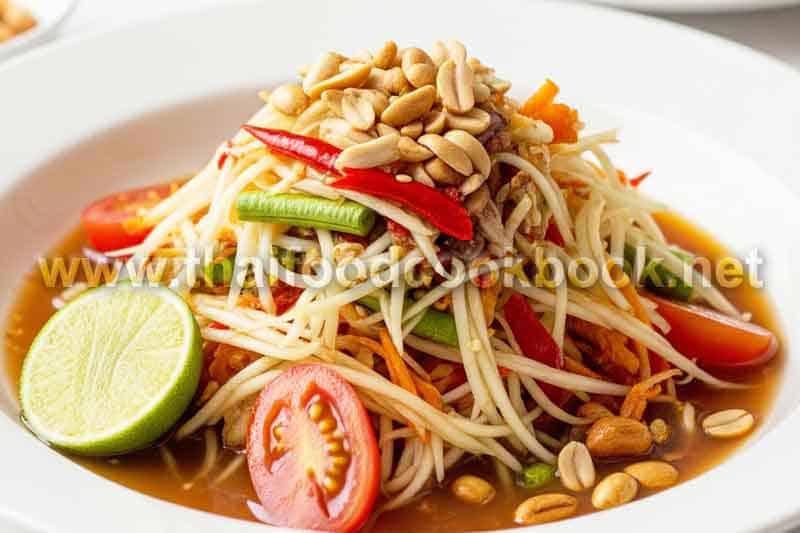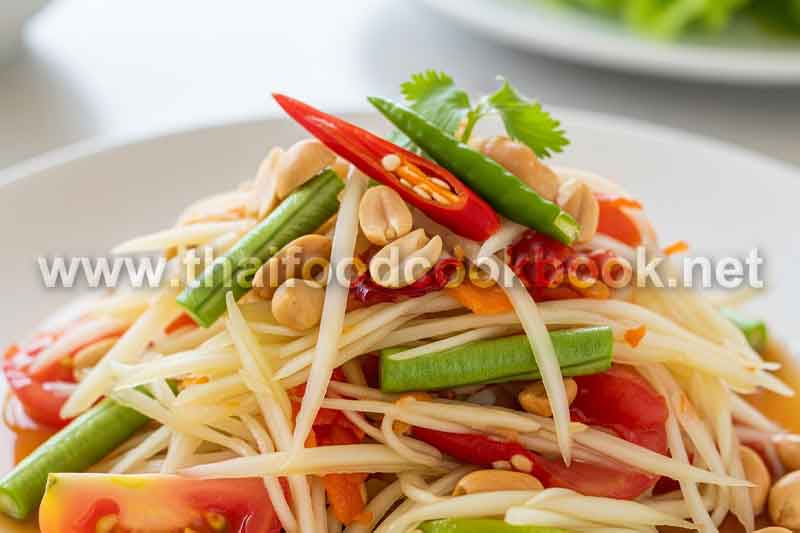How to Reduce Coconut Milk Calories Without Changing the Thai Flavor
Many people assume Thai curry is unhealthy because coconut milk is naturally rich and creamy, but in reality, there are simple ways to reduce fat and calories without losing the authentic aroma and taste. The goal is not to dilute flavor, but to manage thickness, boiling behavior, and fat-layer release so the curry still tastes full-bodied. When learning how to reduce coconut milk calories without changing the Thai flavor, the key is understanding that coconut milk plays two roles: it carries herbs and spices while also shaping aroma softness. If you lighten it incorrectly, the curry becomes watery and flavor loses structure — but if you lighten it with the right strategy, the dish remains aromatic, creamy, and satisfying.
1. The Core Problem: People Reduce Quantity Instead of Controlling Technique
Most beginners try to make Thai curry healthier by simply adding less coconut milk, but this weakens both flavor and fragrance. In Thai cooking, richness is not only about fat content — it is about how the coconut cream bonds with the curry paste. If you simply cut the milk, you cut the fusion. The smarter approach is blending lighter liquid correctly or adjusting cooking order to preserve mouthfeel while lowering calorie density.
- Don’t remove coconut milk entirely — modify how it’s used
- Preserve the top-layer cream behavior → this carries aroma
- Reduce heaviness without flattening flavor
This is how you make curry feel light yet still taste “complete.”
2. Techniques to Reduce Calories Without Losing Aroma
Instead of removing coconut milk, the secret is stretching its performance by combining water or broth in the right ratio, while still giving the curry time to bloom its oils. These proven methods maintain richness while lowering calorie load.
- Use half coconut milk + half vegetable broth or chicken broth
- Simmer the paste first before adding any liquid → stronger base scent
- Add coconut cream later in cooking, not at the start
- Thicken body with reduced simmering instead of extra fat
The result: the curry tastes rich because aroma is preserved, not because fat content is high.
3. Ingredient Upgrades That Keep the Flavor “Full”
The easiest way to retain fullness is to support the missing fat with stronger natural aromatics. Herbs and spices contribute perceived richness even when real fat is reduced. You don’t need more calories — you need more fragrance density.
- Add extra kaffir lime leaf or lemongrass for top-note brightness
- Use Thai sweet basil as the last ingredient for aroma lift
- Use just a touch of palm sugar to round acidity
- Simmer gently instead of boiling harshly
This gives the dish structure and mouthfeel while keeping calories manageable.
4. Final Summary and Sustainable Way to Cook Lighter Thai Curry
Lowering calories in Thai curry is not about cutting ingredients but using them more skillfully. When you preserve the top-layer coconut aroma, finish with fresh herbs, and blend broth intelligently, you achieve the same restaurant-style fragrance without the heaviness. It proves that “light food” does not need to taste light — it just needs proper sequencing. For further guidance on nutrition-friendly adjustments without losing flavor authenticity, reference healthy coconut milk usage to understand why technique matters more than fat quantity.
Summary
By adjusting timing, ratio, and herb usage, you can reduce calories from coconut milk without losing the creamy aroma or Thai flavor identity that makes curry satisfying and authentic.

